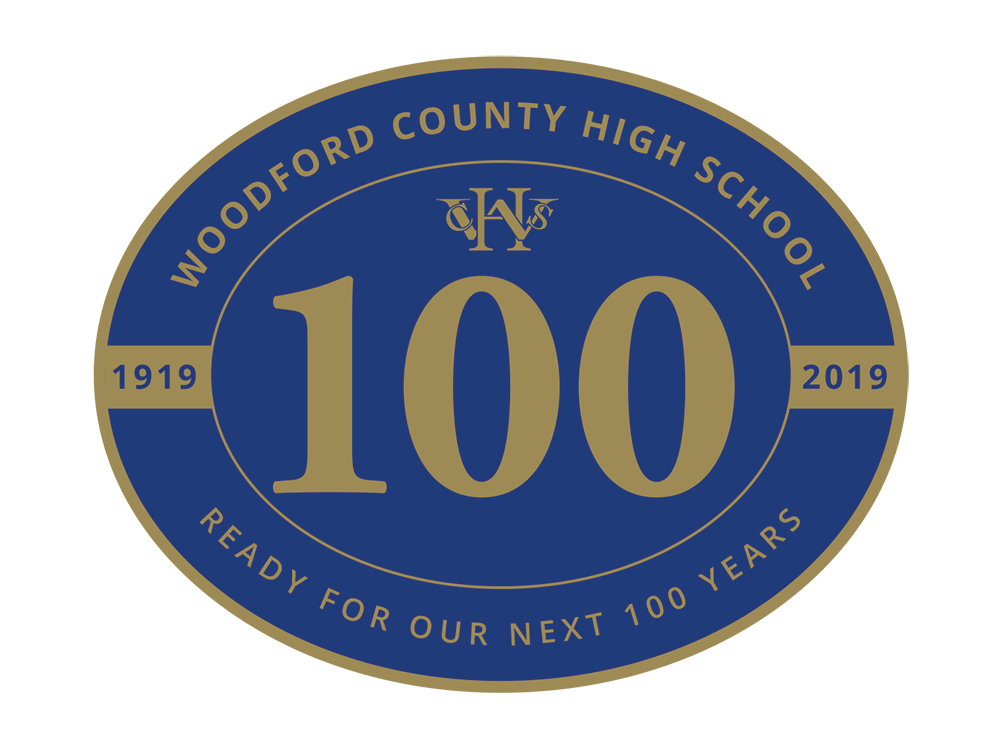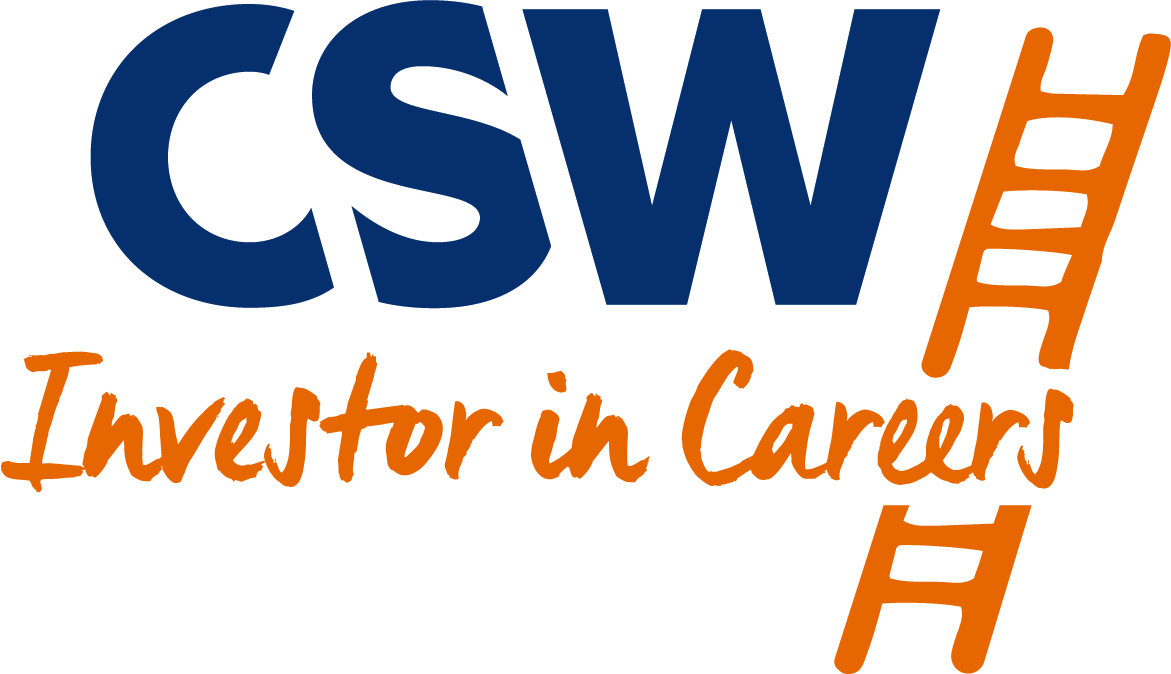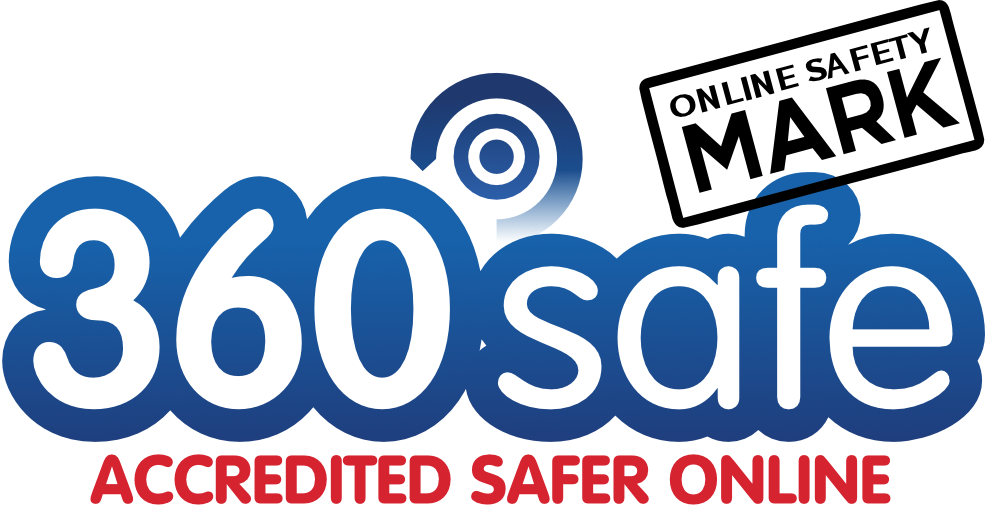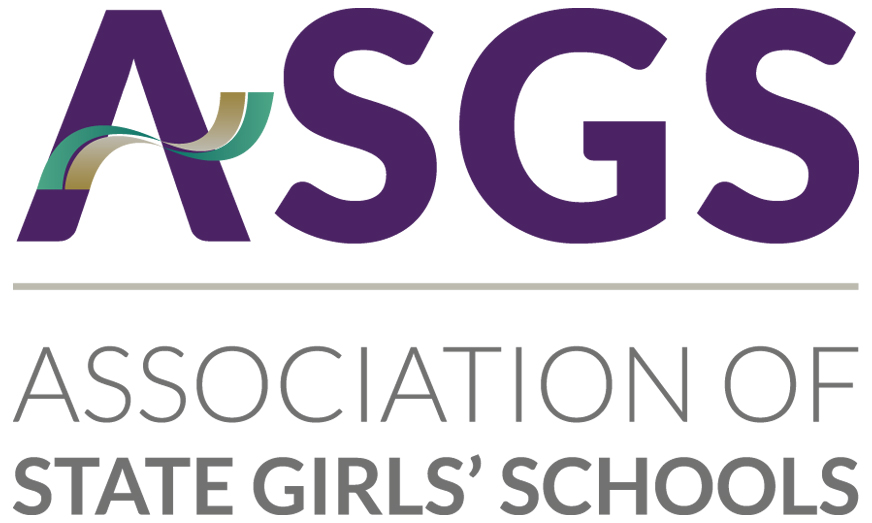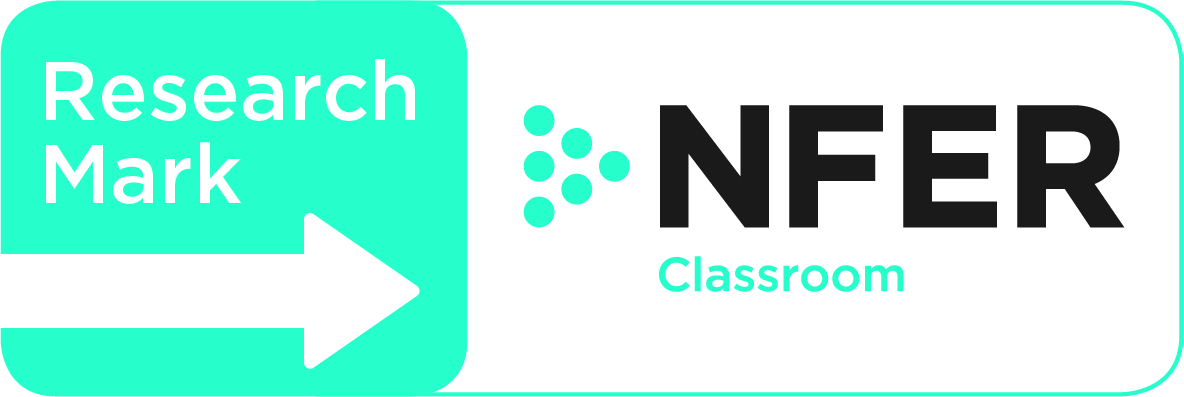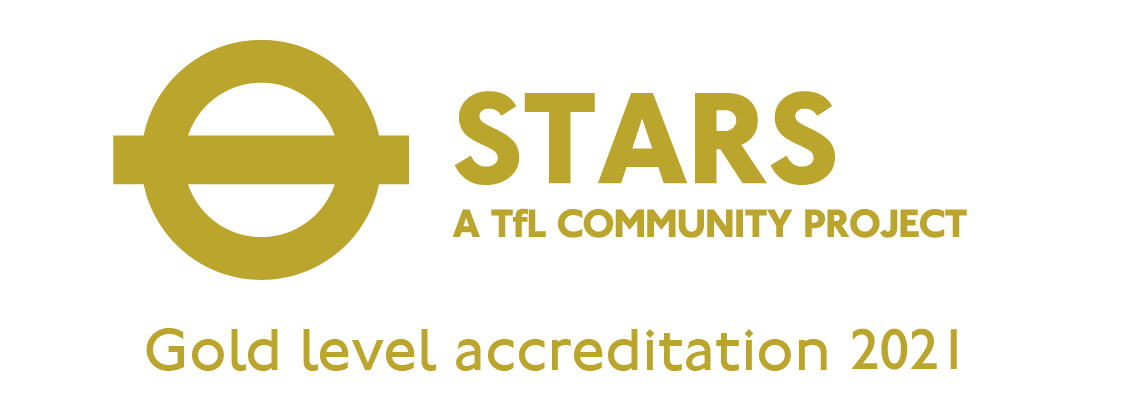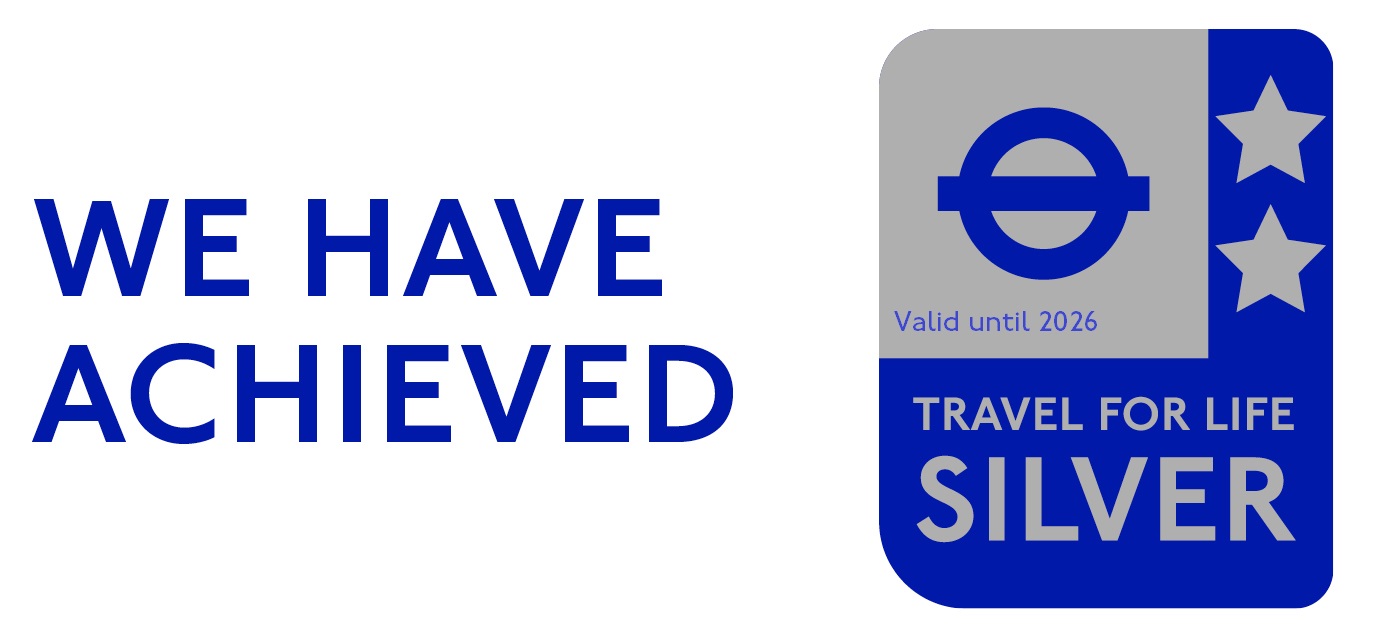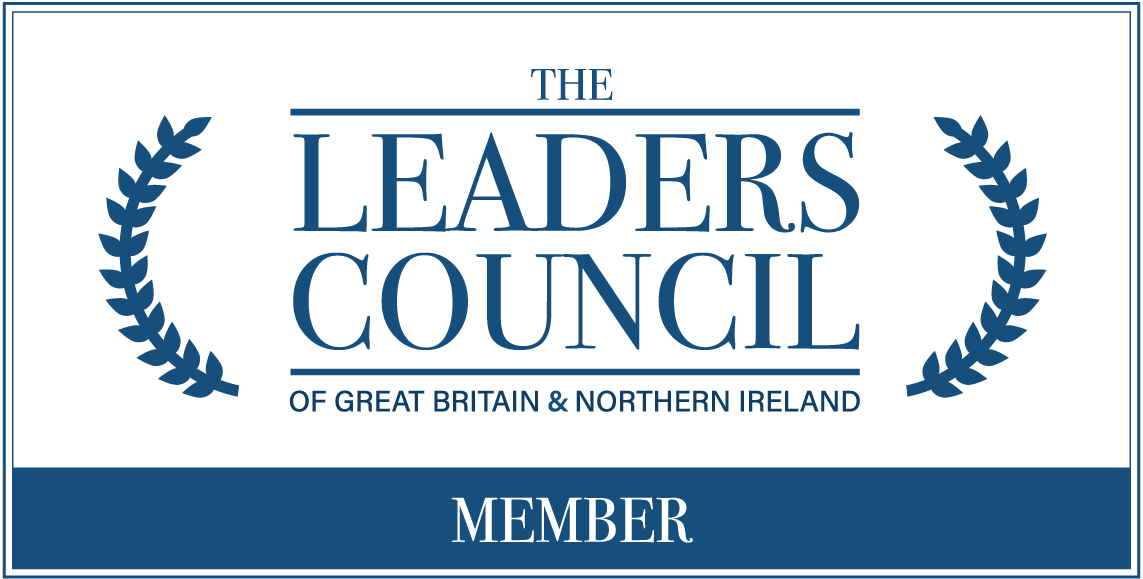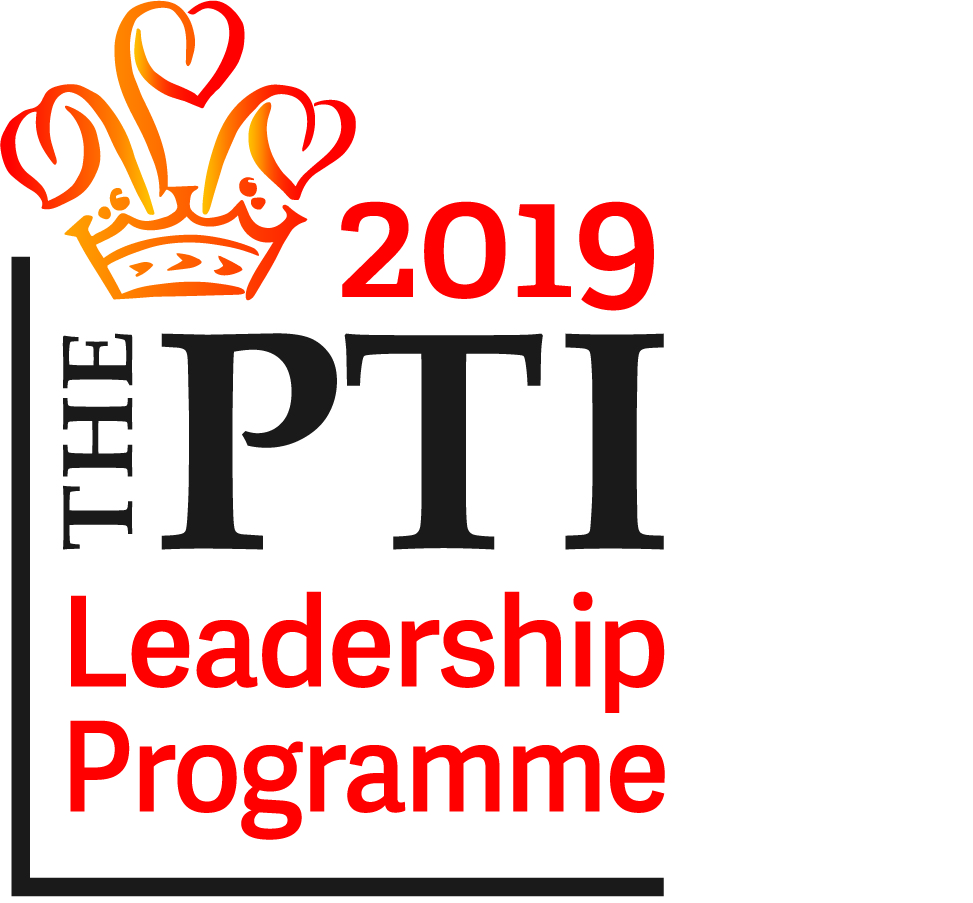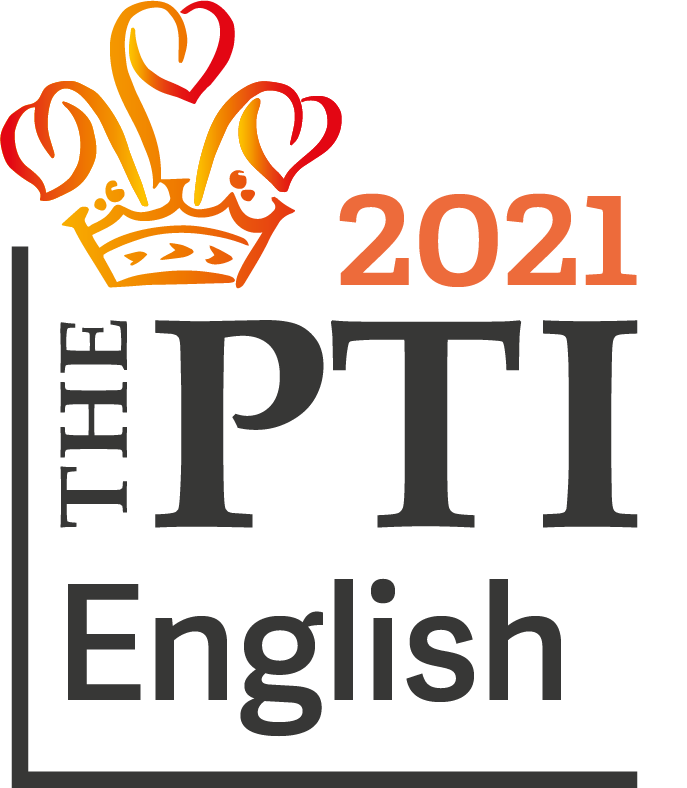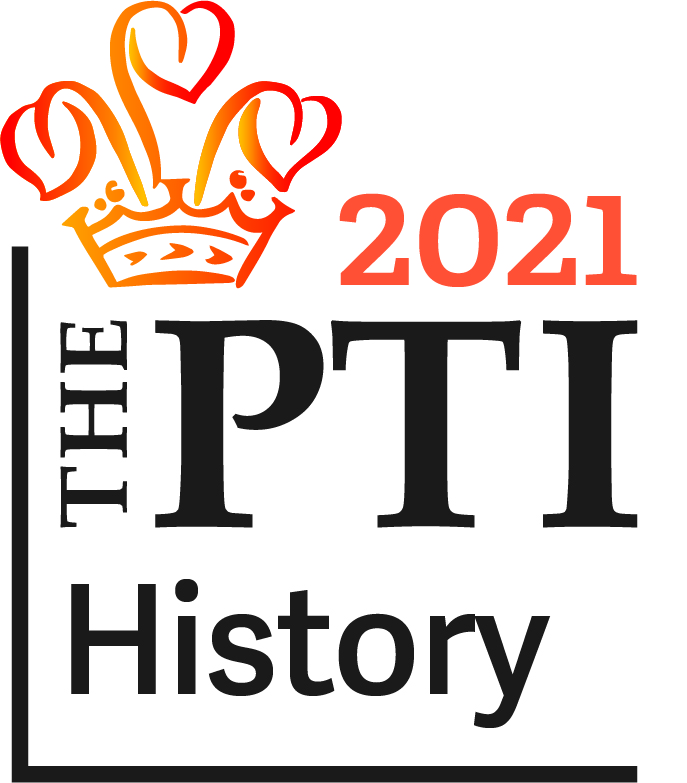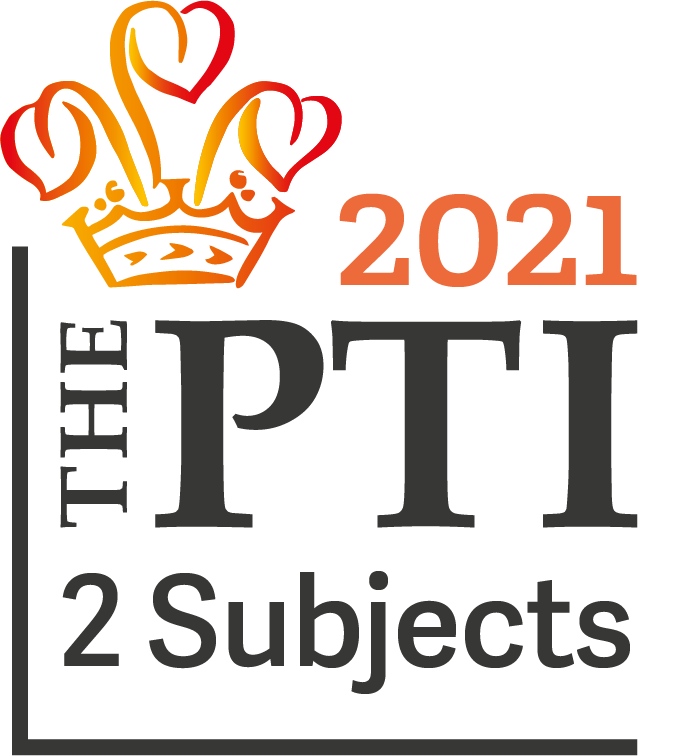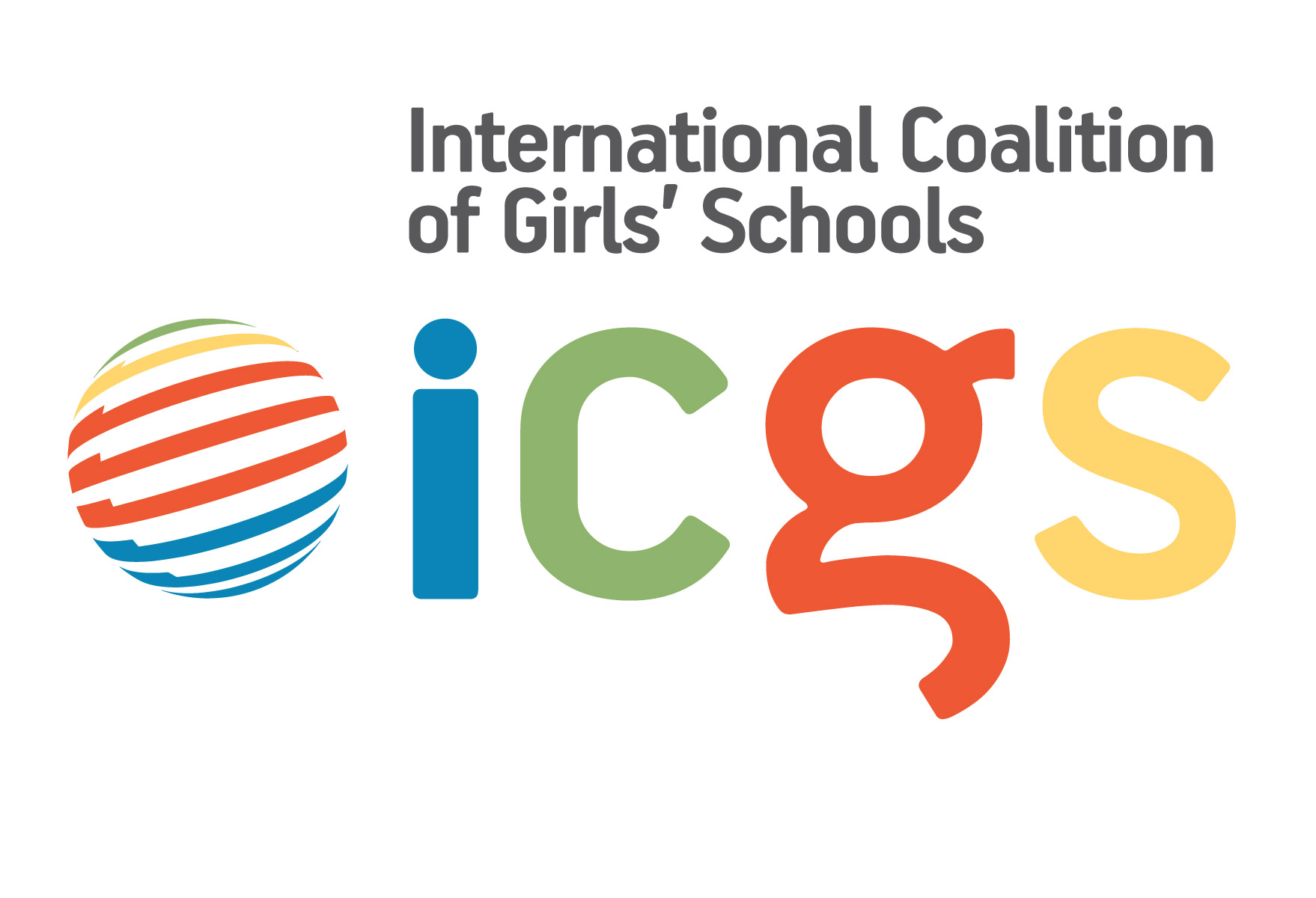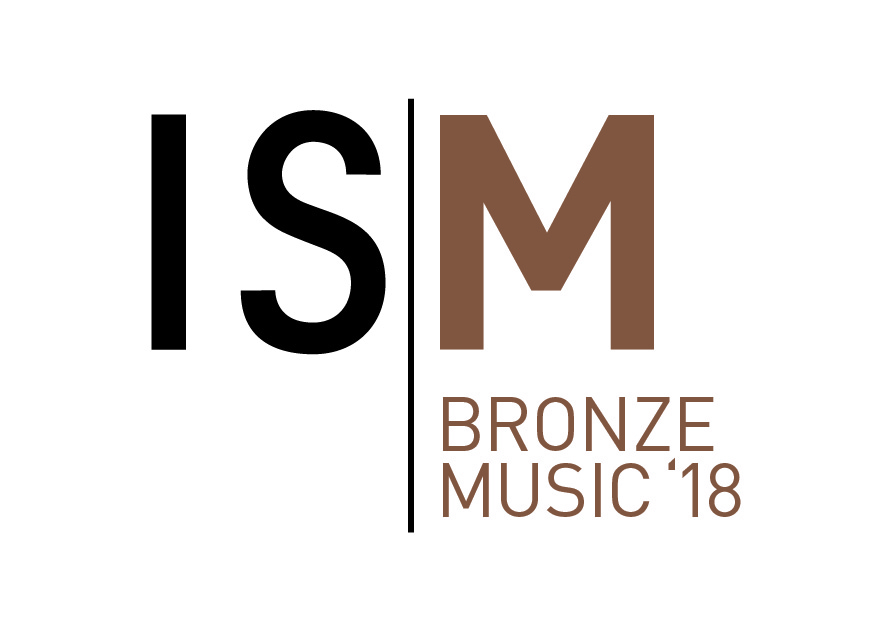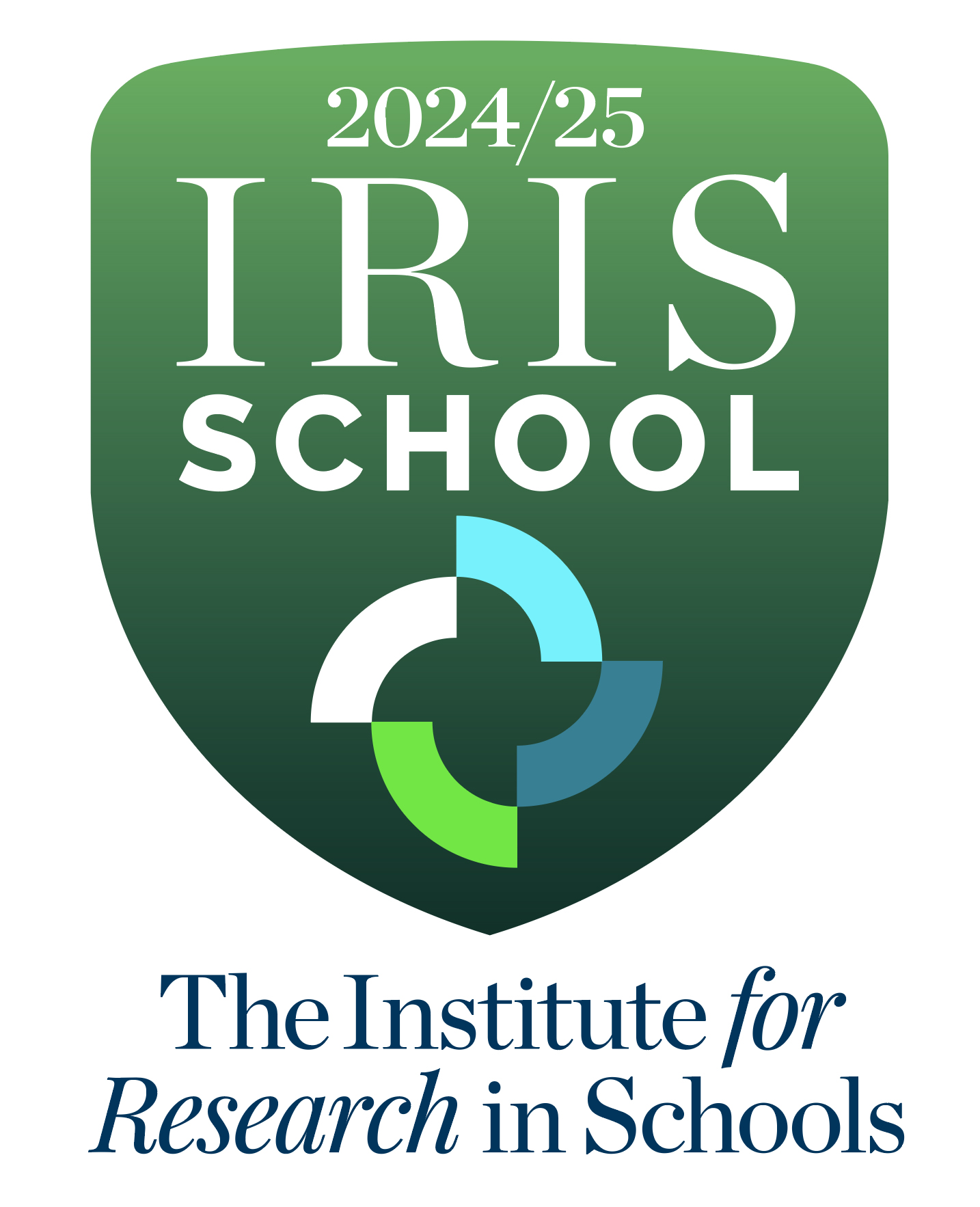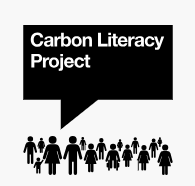| COMPUTER SCIENCE | |||
|---|---|---|---|
| INTRODUCTION |
Computer science is an extraordinarily creative enterprise. It has changed the way we live, has propelled our economy forward through innovation and will continue to do so for the foreseeable future. Still, it might not be clear what “computer science” is. Perhaps a better term for what we study is “computational thinking”. Computational thinking primarily emphasises that we are interested in problem-solving with computers. This problem-solving can be viewed from many angles: logic, algorithms, abstraction, and computability. Study a subject that introduces trending new tools, platforms, requirements and API’s - that’s the beauty of technology. Just smile and face them as new challenges. |
||
| EXAM BOARD | OCR | ||
| STRUCTURE OF COURSE |
UNIT: 1 UNIT: 2 | ||
|
|
Computer Systems Computational Thinking, Algorithms |
|
|
| UNIT: 3 | |||
| Practical Programming Task | |||
| ASSESSMENT |
Component 01 is examined in a 1 hour and 30 minute written paper (50% of marks) |
||
| CONTENT | |||
| UNIT: 1 | Introduces students to the central processing unit (CPU), computer memory and storage, data representation, wired and wireless networks, network topologies, system security and system software. It also looks at ethical, legal, cultural and environmental concerns associated with computer science. | ||
| UNIT: 2 | Students apply knowledge and understanding gained in component 01. They develop skills and understanding in computational thinking: algorithms, programming techniques, producing robust programs, computational logic and translators. | ||
| UNIT: 3 | Students are to be given the opportunity to undertake a programming task(s) during their course of study which allows them to develop their skills to design, write, test and refine programs using a high-level programming language. Students will be assessed on these skills during the written examinations, in particular component 02 (section B). | ||
| ADDITIONAL INFORMATION | |||
|
|
|||











